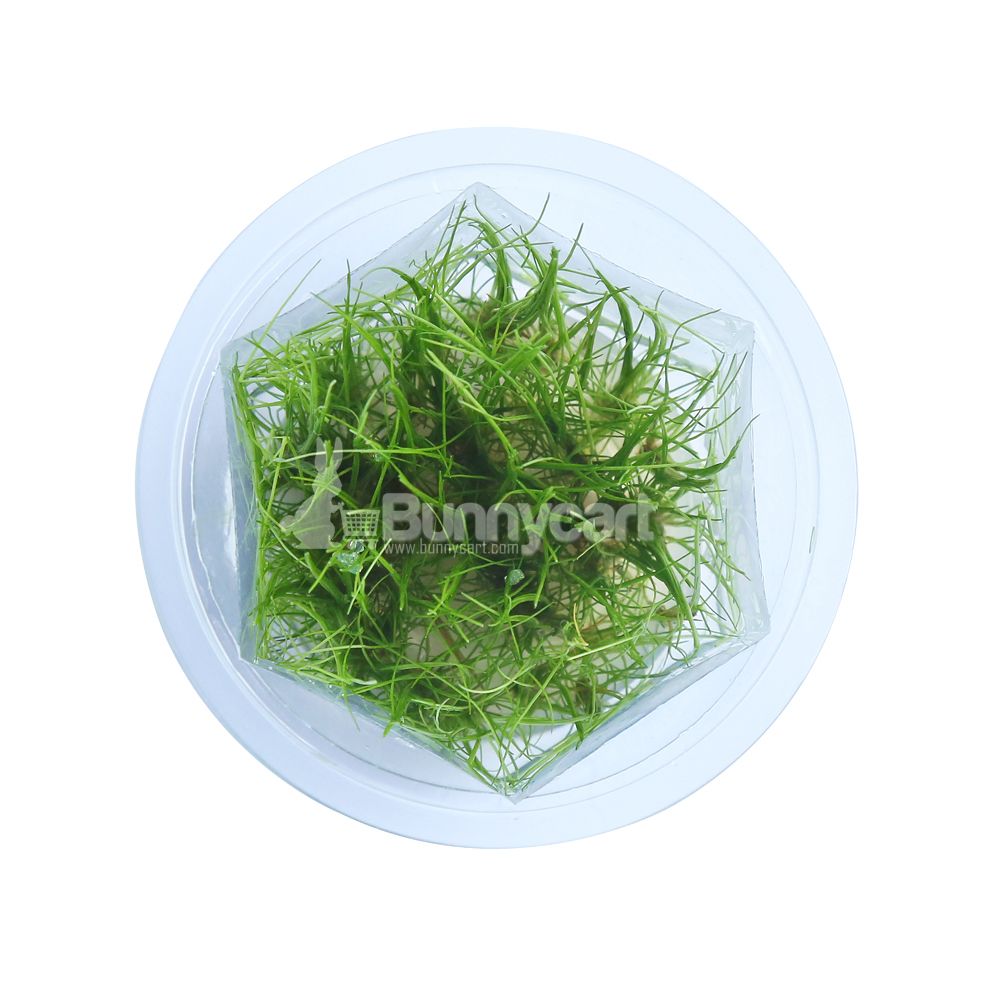Customer Reviews
Testimonials

I am really happy with the service and response from Bunnycart. I have made multiple orders from here and I have never been completely disappointed. My recent order reached me so early and my planted aquarium seems like heaven for my fishes. I asked them to send me some bigger plants from the ones I ordered, they did. The plants are all healthy and I am sure will do well. Looking forward to ordering a few more plants in the future and I know whom to trust - Bunnycart.com (instead of wasting my money on a fake site called makemyhobby.com) THANK YOU! P.s. I gave four stars just because there is always room for improvement.
Prashant

Why all the plants listed are not available at a time. Its very difficult for us to place order and that's why we contact local aquariums. please make sure the availability of all the plants and add more plants to the catalogue. thanks and regards gopakumar
Gopakumar

First order with Bunnycart. Good experience. All fishes arrived alive and healthy. Plants too. There were some defects with the plants and order processing takes a little more time than expected. That's the reason for a 4 star rating. This is a genuine website to place orders. Will order again. They call us and keep us informed about the order status. Keep up the good work. All the best!!!
Adharsh Scaria

Nice Things: I had gone thru the reviews , prior to the placement of the order for plants. As mentioned the grass plant supplied is 1'' size only / do not actually resemble with the picture being displayed. BUT IT IS WORTH WHILE TO MENTION THAT THE QUALITY IS EXCELLENT AND THE 1'' PLANT HAS GROWN TO 1 1/2 FEET NOW. All the plants have survived and had shown remarkable growth . But one of the plant supplied had dried out in the transit and finally dead , so i advise bunnycart to do R and D on this matter to avoid plants dry during the period of transit.
Pratap

I'm a regular customer of bunnycart.com. I'm really happy with the service. I have used other websites also for buying fishes and plants in the past. However, bunnycart is the only seller who kept delivering the orders on time with quality. Very professional! I always prefer bunnycart nowadays. Prices are affordable. Orders get delivered on time, and the packaging is also good. The best website for buying aquarium fishes and plants.
Ramesh

Ordered dwarf hair grass and java moss for the first time from this site. The packaging was great and the delivery was also very fast. The plants were in great condition. Will definitely order more from this site.
Satya Swaroop Nanda









